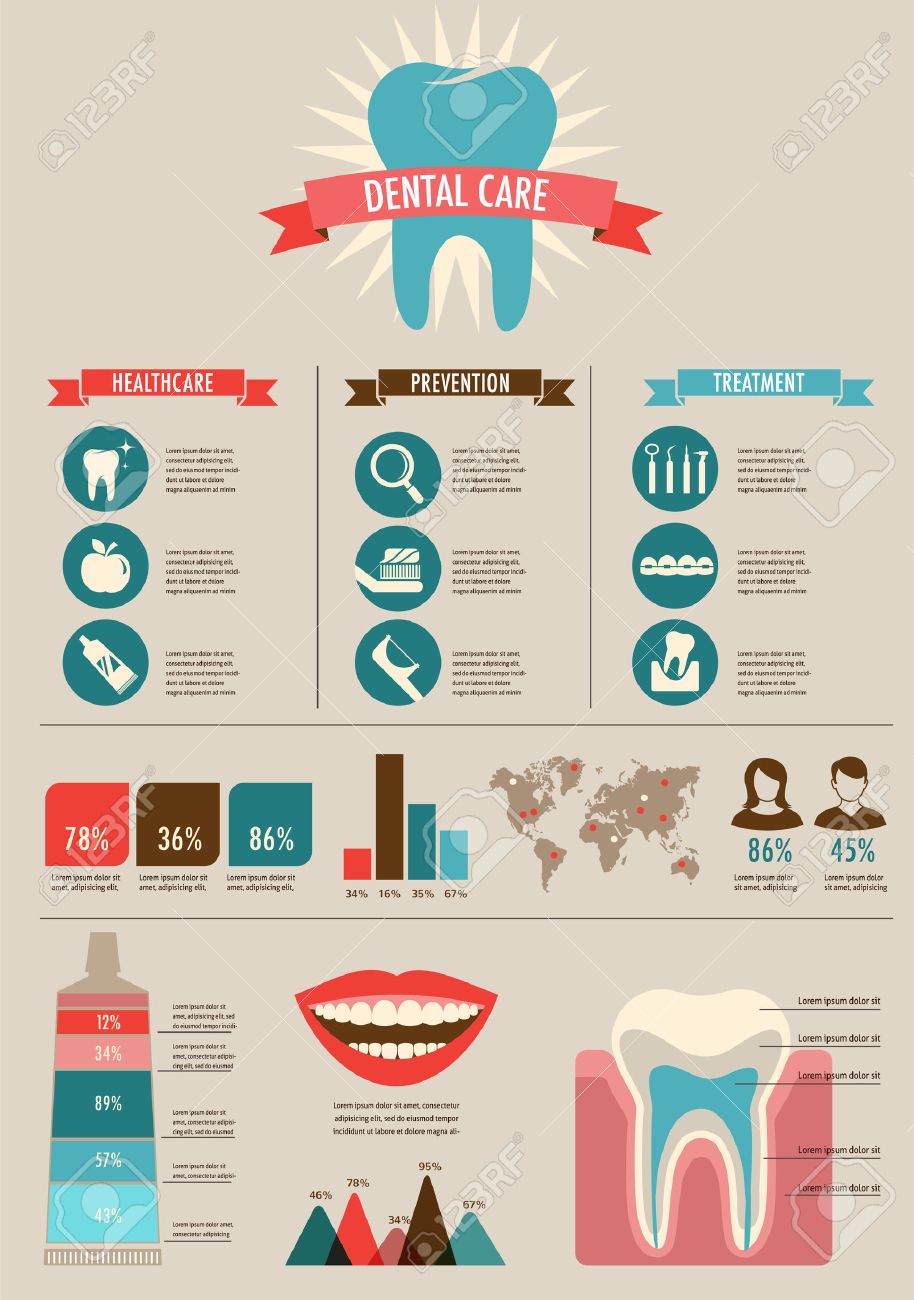Reveal The Transformative Advancements That Are Improving Oral Surgery. Delve Into The Future Of This Discipline And Preserve An One-Upmanship. Click Currently To Obtain Understanding Right Into What Lies In Advance
Reveal The Transformative Advancements That Are Improving Oral Surgery. Delve Into The Future Of This Discipline And Preserve An One-Upmanship. Click Currently To Obtain Understanding Right Into What Lies In Advance
Blog Article
Article Developed By-Petersson Mccall
Invite to the globe of oral surgery, where innovations and breakthroughs are shaping the future of the field! In this interesting realm, you'll witness the transformative power of robotics, the innovative marvel of 3D printing, and the game-changing impact of minimally invasive methods.
The future of oral surgery holds a promise of accuracy, effectiveness, and enhanced person outcomes. With the help of advanced robotics, cosmetic surgeons have the ability to carry out intricate procedures with higher precision and control.
3D printing technology is revolutionizing the development of dental implants and prosthetics, using customized options that fit seamlessly into each patient's one-of-a-kind composition.
Additionally, minimally invasive strategies are reducing post-operative discomfort and recuperation time, enabling people to go back to their lives sooner.
Prepare to discover the interesting technologies and breakthroughs that are improving the landscape of dental surgery!
Advancements in Robotics
One major improvement in dental surgery is the use of robot technology, which permits precise and effective operations. With linked webpage of robot systems, oral surgeons have the ability to carry out complex surgeries with enhanced precision, decreasing the threat of human error.
These robotic systems are geared up with sophisticated imaging innovation and exact tools that allow surgeons to browse through detailed anatomical structures easily. By using robot innovation, specialists can accomplish greater medical accuracy, leading to enhanced person results and faster recuperation times.
Furthermore, the use of robotics in dental surgery allows for minimally invasive treatments, lowering the trauma to surrounding cells and advertising faster recovery.
3D Printing in Dental Surgery
To enhance the area of oral surgery, you can check out the subtopic of 3D printing in dental surgery. This cutting-edge modern technology has the possible to transform the means oral doctors run and deal with people. Below are 4 essential methods which 3D printing is forming the field:
- ** Personalized Surgical Guides **: 3D printing enables the creation of highly accurate and patient-specific medical guides, improving the precision and performance of procedures.
- ** Implant Prosthetics **: With 3D printing, dental specialists can develop customized implant prosthetics that flawlessly fit a client's one-of-a-kind composition, leading to far better outcomes and client fulfillment.
- ** Bone Grafting **: 3D printing allows https://veneersbeforeandafterpict44287.blogrenanda.com/39230848/discover-important-insights-about-oral-implants-for-senior-citizens-and-reveal-crucial-factors-to-consider-that-can-affect-your-smile-remediation-trip-what-will-you-discover of patient-specific bone grafts, lowering the need for standard grafting techniques and boosting recovery and recuperation time.
- ** Education and Training **: 3D printing can be used to develop practical surgical designs for instructional purposes, allowing oral specialists to exercise complex treatments before performing them on people.
With its potential to improve precision, modification, and training, 3D printing is an interesting development in the field of oral surgery.
Minimally Intrusive Methods
To even more advance the field of dental surgery, embrace the possibility of minimally intrusive strategies that can substantially benefit both surgeons and people alike.
Minimally invasive strategies are revolutionizing the field by decreasing medical trauma, decreasing post-operative pain, and accelerating the recuperation procedure. These strategies entail making use of smaller sized cuts and specialized instruments to do treatments with accuracy and performance.
By making use of advanced imaging innovation, such as cone light beam computed tomography (CBCT), specialists can properly intend and execute surgical treatments with marginal invasiveness.
Additionally, the use of lasers in dental surgery enables accurate tissue cutting and coagulation, leading to lessened blood loss and reduced healing time.
With minimally invasive techniques, people can experience much faster recuperation, minimized scarring, and boosted results, making it an important element of the future of dental surgery.
Verdict
So, as you can see, the future of oral surgery is unbelievably promising, with exciting advancements and breakthroughs shaping the area.
From the innovations in robotics to the use of 3D printing and minimally invasive strategies, oral cosmetic surgeons are transforming the means they supply treatment.
While some might worry about the prospective expense associated with these developments, it is essential to bear in mind that these innovations ultimately enhance client end results and minimize recovery time, making them well worth the financial investment in the long run.
